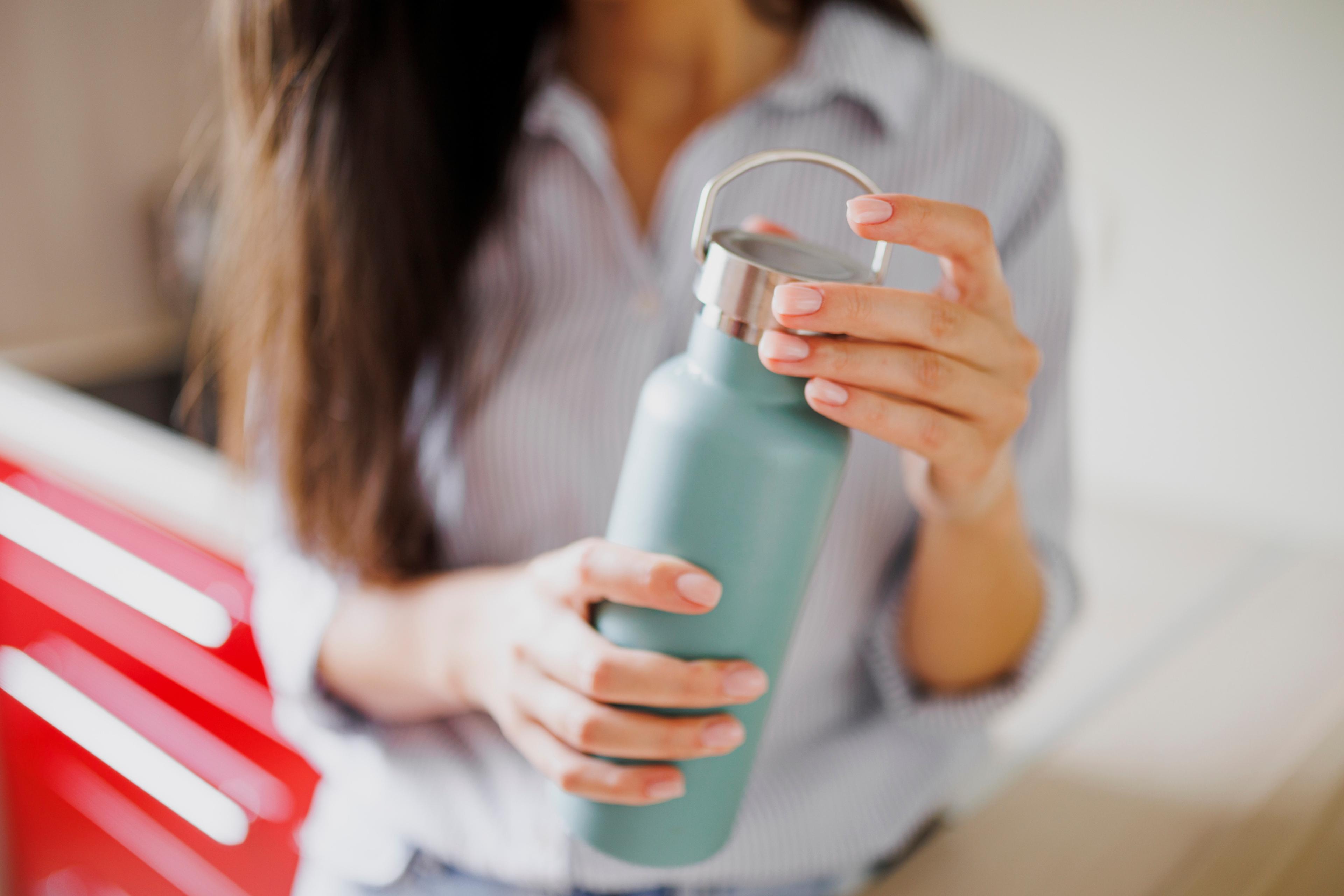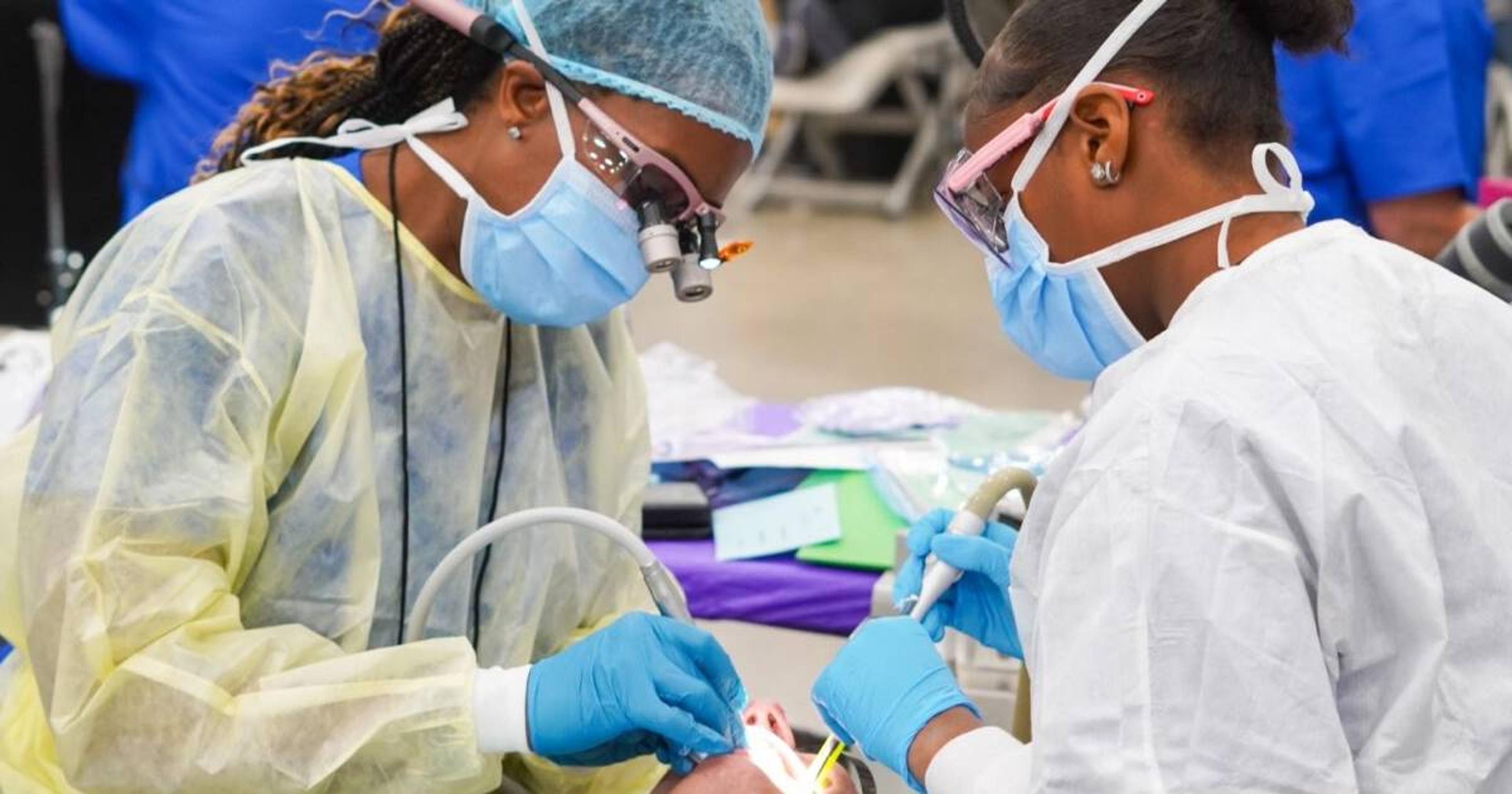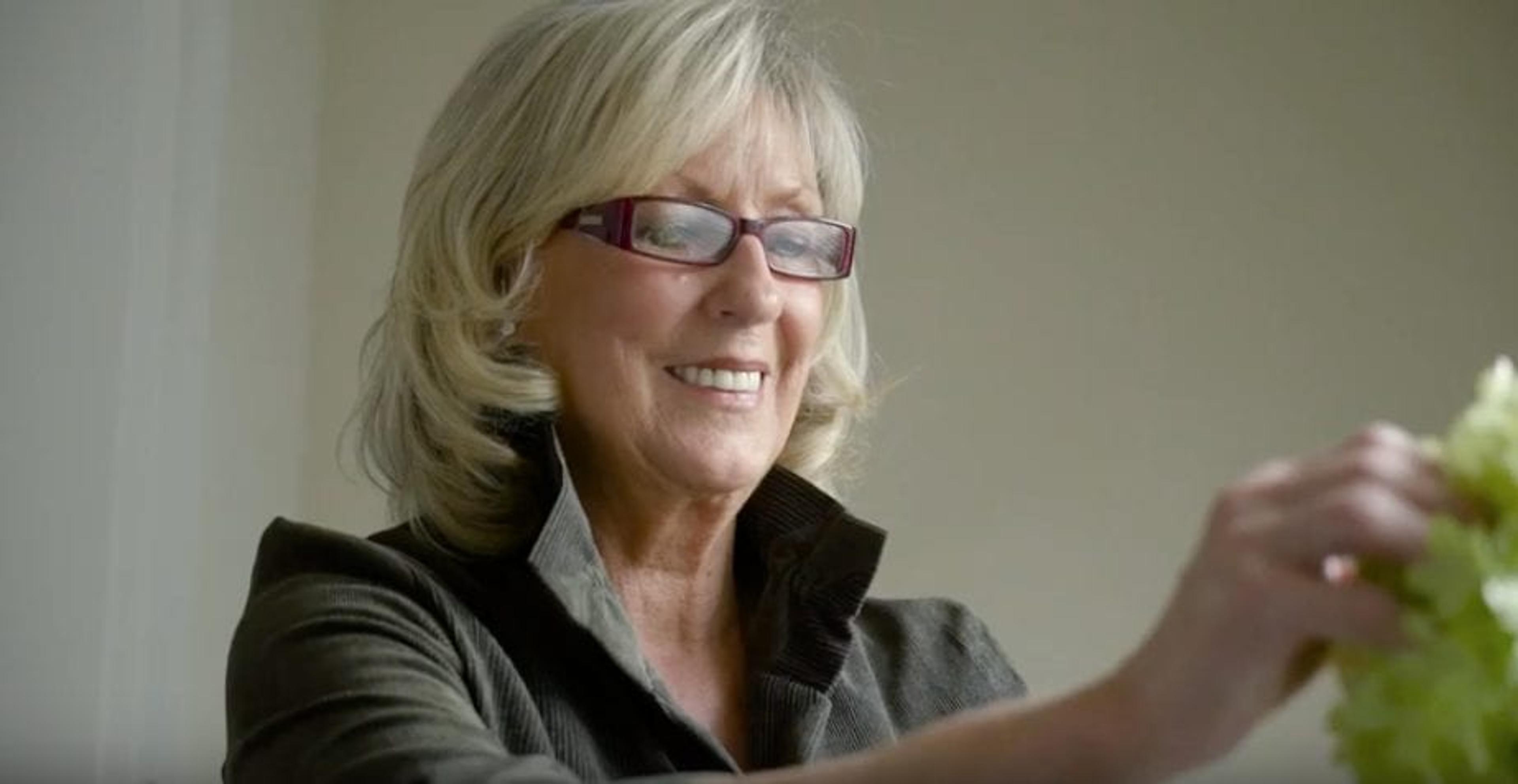Can Bacteria in Your Reusable Water Bottle Make You Sick?
Jake Newby
| 4 min read

It seems like everyone carries a reusable water bottle around with them these days, which is good for the environment and personal health. Hydration is key, after all. But when you bring that water bottle everywhere you go, you’re bringing bacteria, mold and mildew home with it.
Bacteria and mold are attracted to moisture. Mold releases microscopic cells called spores to reproduce. Those spores then spread through the air and water, often settling in moist environments.
Bacteria, meanwhile, is attracted to the moisture in our mouths, which are home to roughly 700 species of microbes that include germs, bacteria and fungus. Some microbes are helpful, according to the National Institute of Health, while others can live on the tongue and teeth and cause problems like tooth decay and gum disease. Your water bottle only attracts more potentially unwanted microbes if it’s not cleaned thoroughly and often.
How can my water bottle make me sick?
Individuals who are sensitive to mold may experience allergy flare-ups and respiratory problems based on the mold growing inside their water bottles, underneath the caps, inside the straws and even on the rubber ring that goes around the bottom of many stainless-steel models.
Various microbes can transfer to water bottles and produce a slimy biofilm, which contains waterborne germs like bacteria, fungi and amoebas that clump together and live in moist places like water bottles. Germs inside our water bottles aren’t often visible and they may not affect the taste of our water, but they could potentially cause us to experience symptoms like food poisoning, according to a new Cleveland Clinic report. Digesting mold and bacteria can also lead to these symptoms:
- Sore throat
- Runny or stuffy nose
- Congestion
Aside from the obvious transmission of bacteria from your water bottle to your mouth, if you’re constantly setting your bottle down in different places, including tables and floors, you’re transferring the germs and bacteria from those surfaces to your hands and body.
Mold in your water bottle might look like black, brown or greenish-colored patches that may appear fuzzy or slimy with a raised texture. Mildew might be gray, white or light brown color and generally rests flat on the surface of a damp, moist area.
How to clean your reusable water bottle
Questionable health trends go viral on social media all the time, but one helpful trend involves the influx of TikTok users who discover bacteria and mold inside their water bottles, prompting water bottle cleaning tutorials.
You should clean your water bottle daily, if not after each use, even if you think it appears clean. Once you are done using your bottle for the day, take it apart and use this easy step-by-step cleaning process to prepare it for the next day's use:
- Disassemble your bottle: Detach all parts of your water bottle including the cap, the straw, or other parts unique to your bottle.
- Soak each part in warm water: Make a warm water bath in your sink with a bit of dish soap to loosen up the dirt in your bottle. Optionally, add white vinegar to the water for extra cleaning power. Bleach can also be used. Add 1/3 cup of bleach per gallon of water and let the bottle and straw soak for six minutes.
- Scrub parts of the bottle with a bristle brush: Use a soft bristle brush or a toothbrush and scrub each part of the water bottle. Purchasing a water bottle straw brush can help you reach every part of the straw.
- Rinse everything with clean water: This step is important to make sure there is not any lingering soap or bleach.
- Dry everything: Focus on drying every piece of the bottle to ensure nothing is left damp, which can cause mold, mildew or bacteria to grow.
Keep reading:
- How to Reduce Your Risk of Alzheimer’s Disease
- Is Mouth Taping for Sleep Helpful or Harmful?
- Social, Economic Health Inequities Drive Mental Health Disparities Among Marginalized Groups
Photo credit: Getty Images





